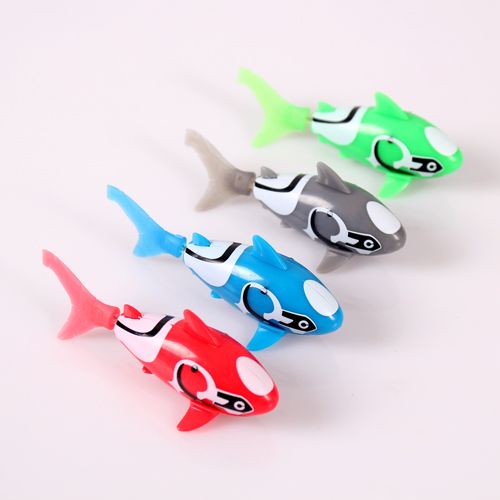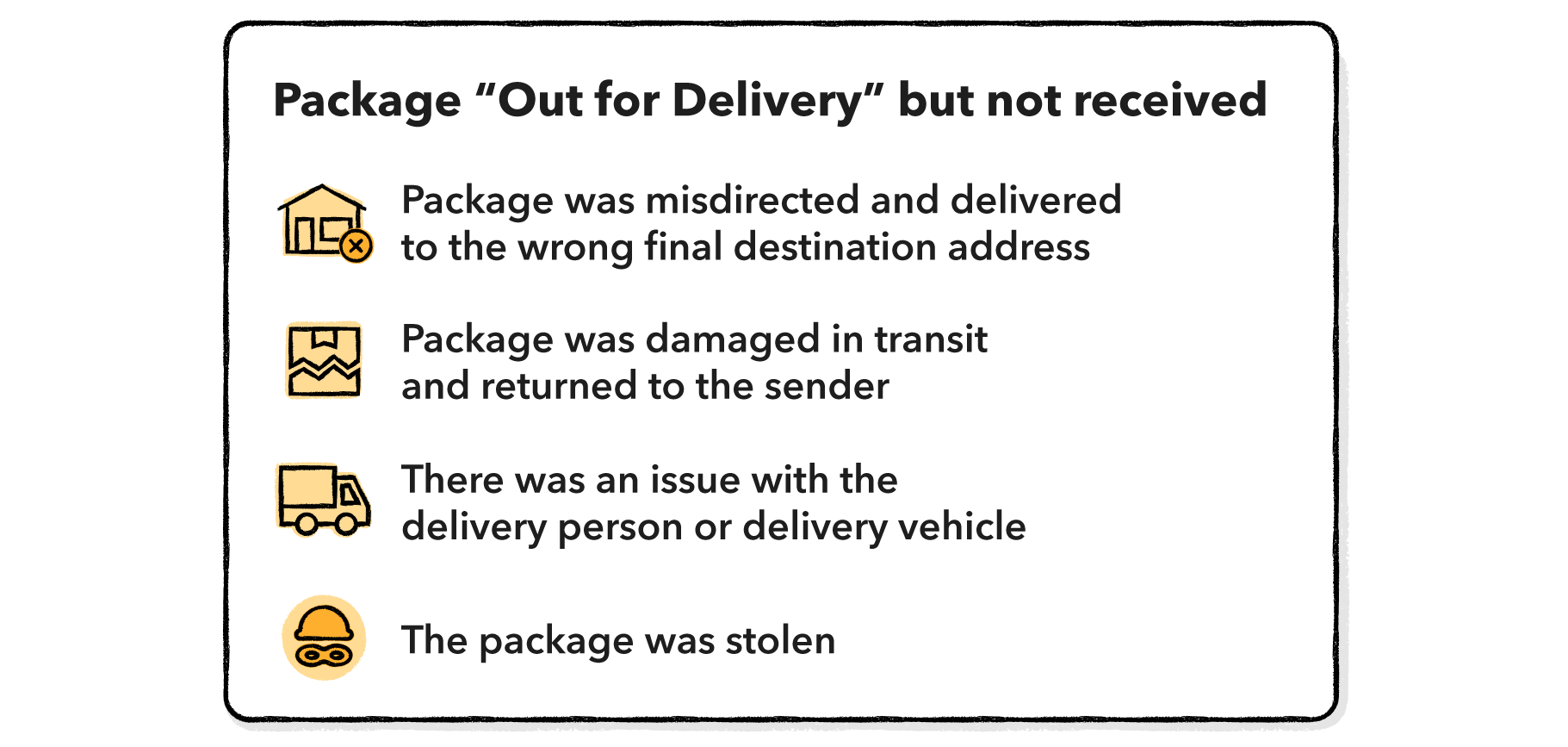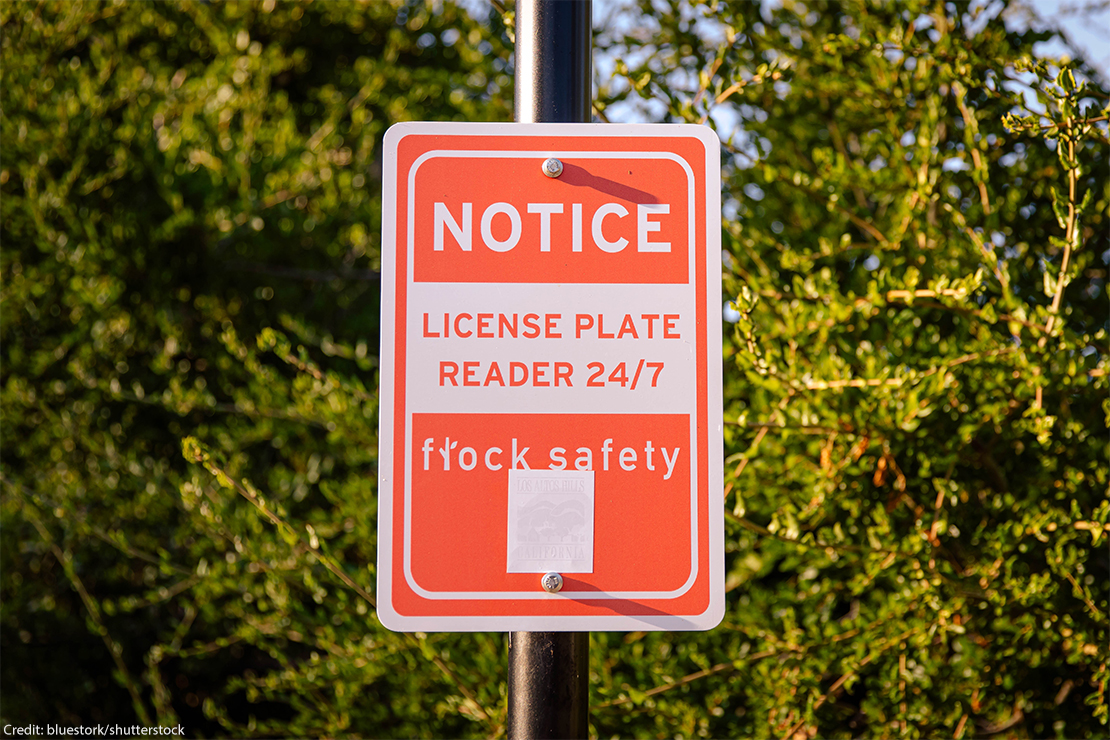What Is A Sign You Should Reject Fish Delivery

The convenience of fish delivery services has surged in recent years, offering consumers access to a wide variety of seafood without leaving their homes. However, ensuring the quality and safety of delivered fish is paramount. Recognizing warning signs before accepting a delivery can prevent potential health risks and financial losses.
This article outlines key indicators that should prompt you to reject a fish delivery, drawing upon expert advice and established food safety guidelines. Understanding these red flags empowers consumers to make informed decisions and safeguard their health when ordering seafood online or through delivery services.
Smell: The First Line of Defense
One of the most immediate and reliable indicators of fish quality is its smell. Fresh fish should have a mild, sea-like aroma, never a strong or ammonia-like odor. A pungent, fishy smell is a clear sign of spoilage and bacterial activity.
According to the U.S. Food and Drug Administration (FDA), ammonia odors in seafood indicate decomposition. Trust your senses and do not accept fish that has an unpleasant or overpowering smell.
Visual Inspection: Spotting the Trouble
A thorough visual inspection can reveal several signs of compromised quality. Look for bright, clear, and bulging eyes, especially in whole fish. Sunken or cloudy eyes indicate that the fish is not fresh.
The gills should be bright red or pink and moist.
Dull, gray, or slimy gills are a sign of age and bacterial growth.Avoid fish with these characteristics.
The flesh itself should be firm and elastic, springing back when touched. Soft, mushy flesh or gaping between the flakes is a sign of degradation. Discoloration or bruising on the flesh should also raise concerns.
Temperature Control: A Critical Factor
Maintaining proper temperature throughout the delivery process is crucial for preventing bacterial growth. Fish should be delivered cold, ideally below 40°F (4.4°C).
Feel the packaging upon delivery. If the fish feels warm or room temperature, it may have been exposed to unsafe temperatures for too long. Reject the delivery if the fish has not been properly refrigerated or iced during transit.
The FDA emphasizes the importance of the "cold chain" in seafood safety. A break in this chain can lead to rapid spoilage and increase the risk of foodborne illness.
Packaging and Labeling: Transparency Matters
Examine the packaging carefully. Look for any signs of damage, such as tears or punctures, which could compromise the integrity of the product.
The label should clearly indicate the type of fish, its origin, and any handling instructions. Missing or incomplete information can be a red flag. Look for the "sell-by" or "use-by" date and ensure that the fish is still within its recommended shelf life.
Traceability is key. Reputable delivery services provide information about the source and handling of their fish.
Delivery Timing and Condition
Consider the delivery time. Perishable goods, including fish, should be delivered promptly. A delivery that is significantly delayed may indicate that the fish has been exposed to unsafe temperatures for an extended period.
Check the condition of the delivery vehicle. A clean and refrigerated vehicle is essential for maintaining the quality of the fish. Questionable hygiene or a lack of temperature control in the delivery vehicle should be a cause for concern.
Trust Your Instincts: When in Doubt, Reject
Ultimately, your own judgment is a valuable tool. If anything about the fish delivery seems off, trust your instincts and reject it. It's better to err on the side of caution when it comes to food safety.
Consuming spoiled fish can lead to food poisoning, which can cause a range of symptoms, from mild gastrointestinal distress to severe illness. Prioritizing your health is paramount.
What to do after rejecting the delivery
If you reject a fish delivery, immediately contact the delivery service and explain your reasons. Provide clear and detailed information about the issues you observed. Request a refund or a replacement, if available.
Document the situation by taking photos of the problematic fish and packaging. This documentation can be helpful in resolving any disputes with the delivery service. Consider reporting serious concerns about food safety to your local health department.
By paying close attention to these warning signs, consumers can make informed decisions and ensure that their fish deliveries are safe and of high quality. Remember, your health and safety are worth the extra scrutiny.

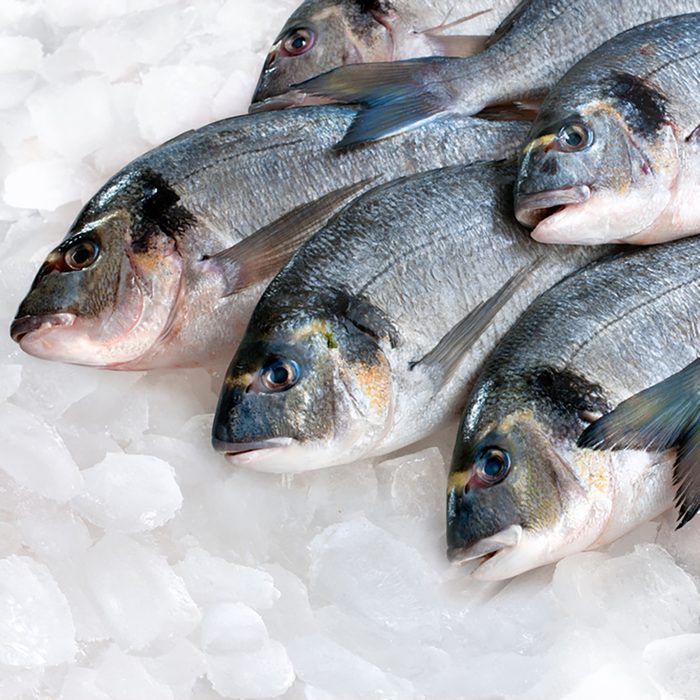
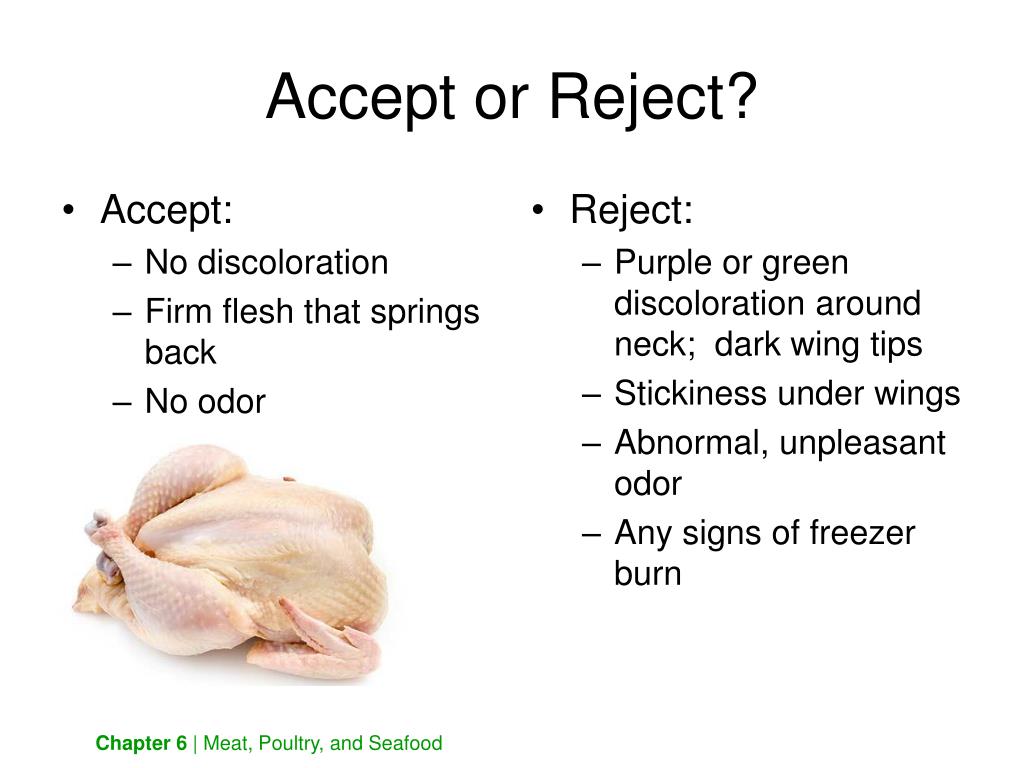
![What Is A Sign You Should Reject Fish Delivery What Is a Sign to Reject Fish Delivery? [Comprehensive Answer] - Nahf](https://images.pexels.com/photos/15409150/pexels-photo-15409150.jpeg?auto=compress&cs=tinysrgb&w=1200)


.jpg)
.jpg)
